Problems With Bok Choy: Common Bok Choy Diseases And Pests
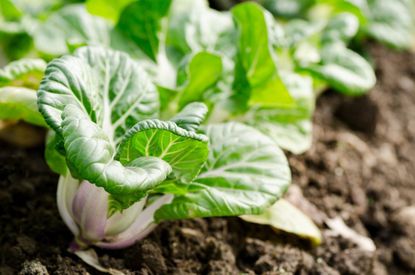

Bok choy is a great vegetable to add to your arsenal of greens. Popular in Asian cooking, it can also be added to most recipes. What do you do though when your bok choy starts to fail? Keep reading to learn more about bok choy problems and how to combat common bok choy diseases and pests.
Common Bok Choy Problems
Bok choy is very attractive to bugs, and some of them can do serious damage. Here are the most prevalent bok choy pests:
- Cabbage maggots
- Flea beetles
- Tarnished plant bugs
- Cutworms
- Leafminers
- Aphids
- Seedcorn maggots
- Slugs
- Whiteflies
- Vegetable weevils
A lot of these pests can be combatted with row covers and crop rotation. Another useful method is growing bok choy as a fall crop, when pests are past their natural growing season lifecycle. This is especially effective when combatting vegetable weevils. If natural methods fail, use insecticides.
Common Bok Choy Diseases
Problems with bok choy that stem from diseases are much less common. As a rule, bok choy is relatively resistant to disease. There are, however, a few possible bok choy diseases. These are:
Most of these diseases spread through moisture, and the best method of prevention is keeping the leaves dry and well aired. Don’t plant your bok choy too closely together and try not to get water on the leaves.
Additional Bok Choy Problems
Some problems aren’t due to disease or pests, but environment or human error. Here are some common physiological culprits:
These often result in wilted, stunted, or yellowing growth. Luckily, they are usually the most easily corrected. Simply adjust your water or fertilizer amounts and wait to see if your plant begins to recover.
Gardening tips, videos, info and more delivered right to your inbox!
Sign up for the Gardening Know How newsletter today and receive a free download of our most popular eBook "How to Grow Delicious Tomatoes."

The only child of a horticulturist and an English teacher, Liz Baessler was destined to become a gardening editor. She has been with Gardening Know how since 2015, and a Senior Editor since 2020. She holds a BA in English from Brandeis University and an MA in English from the University of Geneva, Switzerland. After years of gardening in containers and community garden plots, she finally has a backyard of her own, which she is systematically filling with vegetables and flowers.
-
 Grow a Bathroom Oasis: 8 Best Bathroom Plants With No Light or Low Light
Grow a Bathroom Oasis: 8 Best Bathroom Plants With No Light or Low LightSome apartment dwellers grow the best bathroom plants with no light or low light. Read how one of our favorite plant lovers does it in the big city.
By Teo Spengler
-
 "My Worst Mistake" – Gardeners Share 10 Hard-Learned Lessons
"My Worst Mistake" – Gardeners Share 10 Hard-Learned LessonsGardeners never stop learning, and sometimes our mistakes are the best teachers. But why not save time and heartache by learning from other gardeners' failures?
By Melanie Griffiths
-
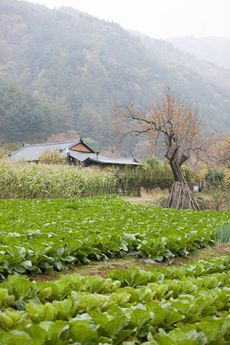 Bok Choy Fall Planting: A Guide To Growing Bok Choy In The Fall
Bok Choy Fall Planting: A Guide To Growing Bok Choy In The FallLate season bok choy thrives in the cooler temperatures of autumn as long as you know when to plant in a timely manner before colder temperatures arrive. When should you start autumn bok choy? Click hereto find out about bok choy fall planting times.
By Amy Grant
-
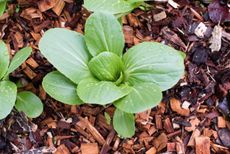 Bok Choy Planting Time: When Do I Plant Bok Choy
Bok Choy Planting Time: When Do I Plant Bok ChoyIf you're a fan of the bok choy green, maybe you're wondering "When do I plant bok choy?" Click on the following article to find out when to plant bok choy and other information regarding bok choy planting time in the garden.
By Amy Grant
-
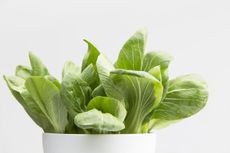 Bok Choy In A Pot – How To Grow Bok Choy In Containers
Bok Choy In A Pot – How To Grow Bok Choy In ContainersBok choy is tasty, low in calories and rich in vitamins and minerals. However, what about growing bok choy in containers? Planting bok choy in a pot isn't only possible, it's amazingly easy and we'll tell you how to do it. Click this article to learn more.
By Mary H. Dyer
-
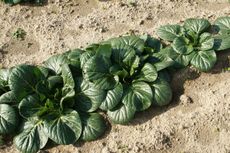 Bok Choy Spacing – How Close To Plant Bok Choy In The Garden
Bok Choy Spacing – How Close To Plant Bok Choy In The GardenBok choy is a cool weather vegetable that?s easy to grow with a few simple instructions, including proper spacing requirements for bok choy. How close do you plant bok choy? Click this article for information regarding bok choy planting and spacing.
By Amy Grant
-
 What Is Baby Bok Choy: Bok Choy Vs. Baby Bok Choy
What Is Baby Bok Choy: Bok Choy Vs. Baby Bok ChoyAre bok choy and baby bok choy the same? Are there different ways to use bok choy vs. baby bok choy? Click on the article that follows to find out about growing baby bok choy and other baby bok choy information.
By Amy Grant
-
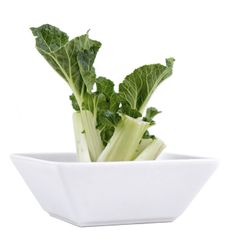 Can You Regrow Bok Choy: Growing Bok Choy From A Stalk
Can You Regrow Bok Choy: Growing Bok Choy From A StalkCan you regrow bok choy? Yes, you sure can, and it's super simple. If you're a thrifty person, regrowing bok choy is a nice alternative to throwing the leftovers in the compost bin or garbage can. This article will help get you started.
By Mary H. Dyer
-
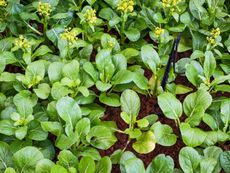 Bok Choy Plant Bolt: How To Prevent Bolting In Bok Choy
Bok Choy Plant Bolt: How To Prevent Bolting In Bok ChoyBolt or bolting is a common problem for gardeners who want to grow this tasty Asian vegetable. Find out what it means when bok choy bolts in this article so you can prevent it in future years.
By Jackie Rhoades
-
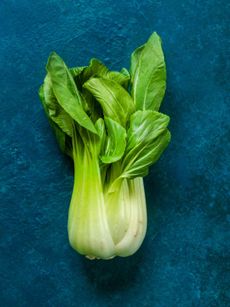 Bok Choy Harvesting - Learn When And How To Harvest Bok Choy
Bok Choy Harvesting - Learn When And How To Harvest Bok ChoyBok choy is an Asian vegetable that is a member of the cabbage family. Filled with nutrients, the plant?s wide leaves and tender stems add flavor to stir fry, salad and steamed dishes. Find harvesting tips for bok choy here.
By Bonnie L. Grant